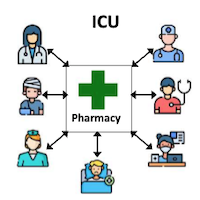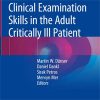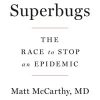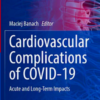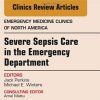Mortality and Cardiovascular and Respiratory Morbidity in Individuals with Impaired FEV1 (PURE)
thelancet.com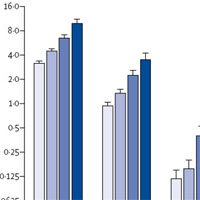
The associations between the extent of forced expiratory volume in 1 s (FEV1) impairment and mortality, incident cardiovascular disease, and respiratory hospitalisations are unclear, and how these associations might vary across populations is unknown. In this international, community-based cohort study, we prospectively enrolled adults aged 35–70 years who had no intention of moving residences for 4 years from rural and urban communities across 17 countries. Among 126,359 adults with acceptable spirometry data available, during a median 7-8 years of follow-up, 5,488 deaths, 5,734 cardiovascular disease events, and 1,948 respiratory hospitalization events occurred. We showed a significant and graded relationship between lower baseline country-standardized FEV1% and future risk of mortality and cardiorespiratory morbidity. Addressing mild reductions in lung function could have a substantial effect on the population burden of cardiorespiratory diseases, particularly in high-risk groups such as tobacco users, people with known cardiovascular disease, and those living in poorly resourced settings.




